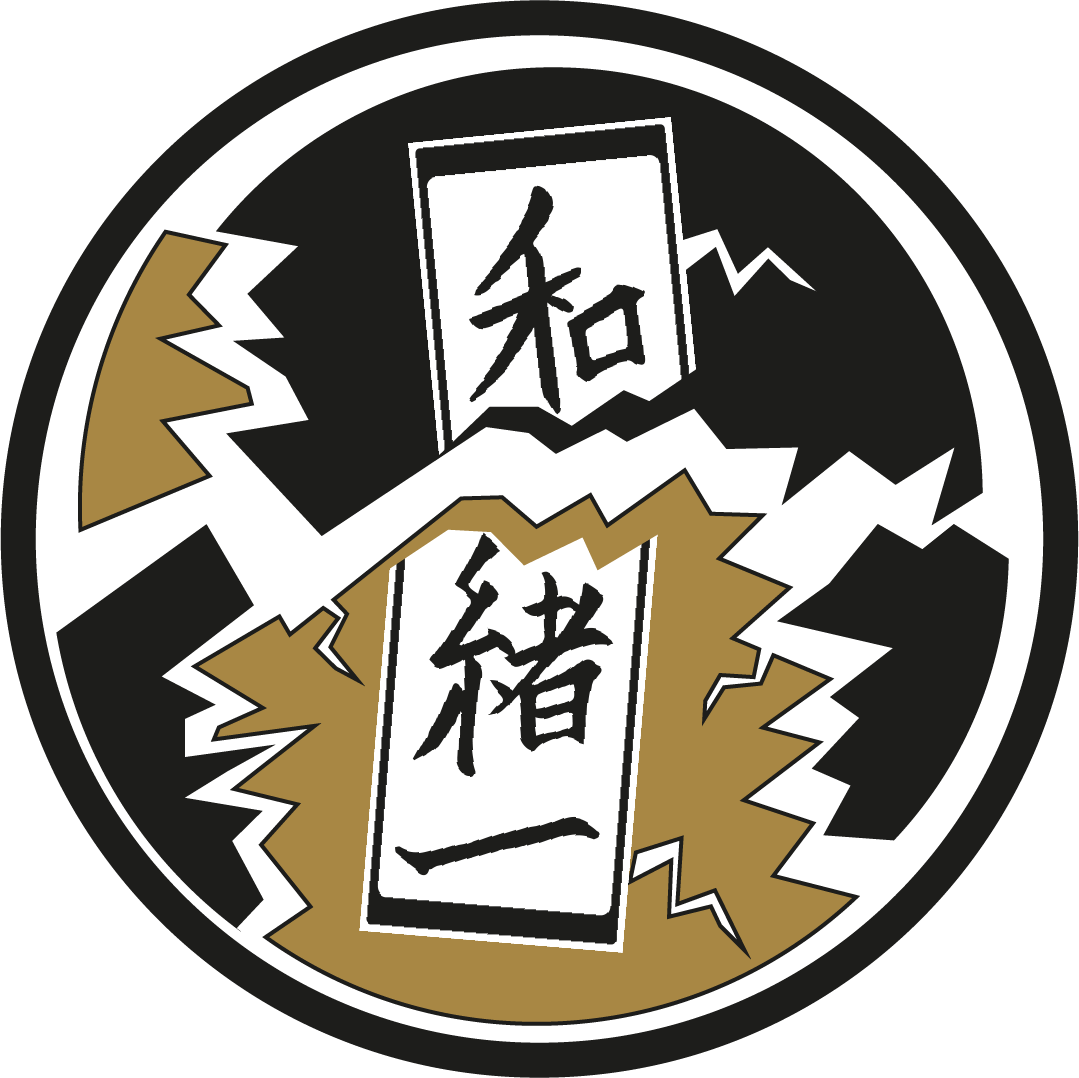Spring: Hanami and Dango
初春まづ
酒に梅売る
匂ひかな
Shoshun mazu – At the beginning of spring
Sake ni ume uru – They sell sake and plum blossoms
Nioi kana – And I smell them
Matsuo Bashō
Utagawa Hiroshige (1797–1858), 36th Station: Akasaka, from the series: The Fifty-Three Stations of the Tōkaidō, 1833–1844
Spring in Japan is probably best represented through flowers. Nature slowly awakes from its slumber, flowing in from south to north in coloured waves. Although cherry blossoms are the star of the spring, also plum trees are considered special. Plums usually blossom between the end of winter and the beginning of spring, therefore, spotting them is a sign that the mild season is soon to come. Some people in Japan actually prefer plums over cherry flowers because of how valiant they need to be to blossom during the cold season. Their fragrance is another major factor contributing to their popularity. One of the most beloved activities during spring is hanami 花見 or contemplating the flowers, when people gather in parks to enjoy a picnic and, usually, a drink.
©Atul Vinayak
Three-coloured dango. ©Maakun
The cherry blossom’s appeal has to do with a Japanese concept of mono no aware, in short understood as the awareness that everything is ephemeral. People celebrate the short life of nature’s magnificent gifts before they fade away.
There is a special cake meant to be consumed while watching plum and cherry blossoms called three-coloured dango (sanshoku dango 三色団子), which represents the season (red for the returning sun and flowers, white for the snow and the alcohol, green for the buds).
This tradition dates back to the classic period (Heian jidai 平安時代 794–1185), when the nobility enjoyed eating sweets while contemplating flowers and composing music. This habit was adopted later by the samurai seeking to imitate the sophistication of the imperial court, and during the Edo period (1603–1868) even the commoners started to enjoy dango during spring. This tradition gave birth to a Japanese saying ‘hana yori dango’ (花より団子), which translates to ‘dango rather than flowers’ and is often used to indicate that someone prefers profit and fun over refinement. This saying can be translated, to a certain degree, with ‘pearls before swine’.
Written by Marty Borsotti



